I have a large collection of models that I’ve painted. Too numerous for me to count. The ultimate driving force that motivates me to paint is discovery. Whenever I feel my toes are hanging off the edge of burn-out (e.g., the loss of desire to do anything), I find that I can retreat safely on the knowledge that I have the choice to see new things by changing my perspective.
In this article, I cover a few ideas and tips for how to keep up the fire that drives us to paint more miniatures. There’s something deep within us (you) that makes us want to paint models. You’re reading this, aren’t you? We’re highly passionate about it. This article will illustrate how to tap into that passion and successfully continue on your painting journey.
How You Discover Things: Experimentation and Play!
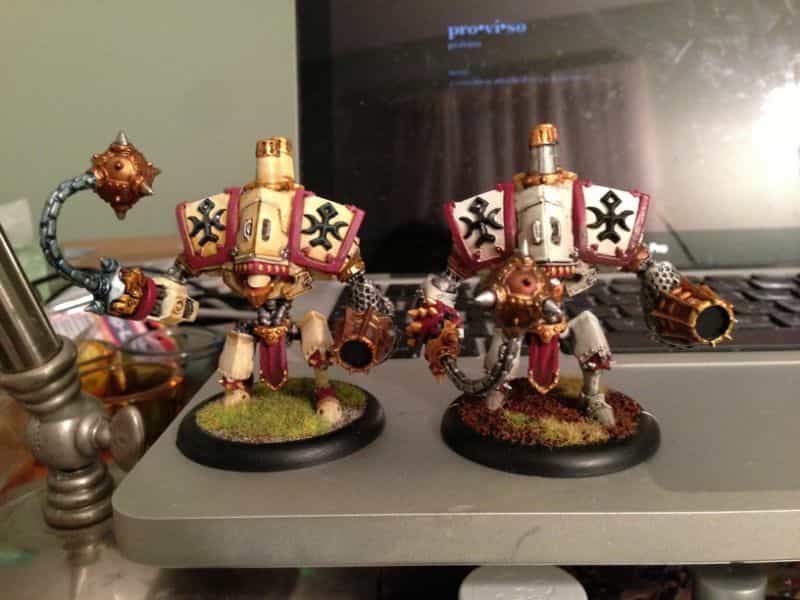
I can experiment. I can ask a new question to find new answers. This is essentially how brilliant scientists perform research in a laboratory. Of course, this also relates to painting miniatures! And the best part? There’s no need to be chained down by what I’ve already done. This gives me a sense of freedom. And with this freedom, discovery is mine for the taking.
Of course, there are exceptions to everything in life. For example…
You start with a blank pewter or plastic sculpt and endeavor to cover it with colorful pigments. The first question you ask yourself without knowing it is whether or not you want this model to look awesome or simply good enough. Most of the time, I answer by saying that I want the model to look good enough.
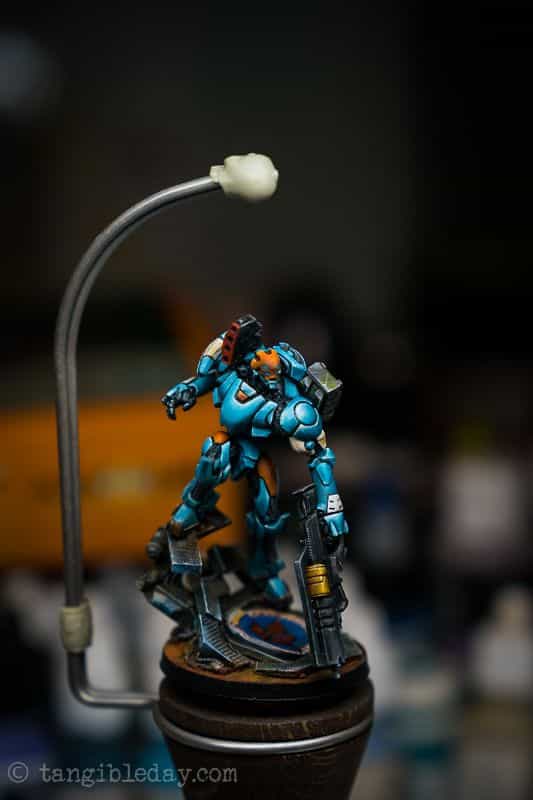
Good enough is simply saying to yourself that you’re learning and will continue to learn. The old axiom that you’re a work in progress applies to how you approach miniature painting.
And, here’s a secret. Getting to the point of being satisfied with your art, paint job, whatever, has nothing to do with how much you spend, what tools you use, or anything material like that. Your hobby lighting is important, but it’s not the end of the day if you don’t have that fancy magnifying lamp. I’ve painted models for years without good equipment!
You can see all sorts of different approaches by looking through various pictures on the web or in books. There’s no right or wrong way to do anything despite what someone else might tell you. Even something as simple as painting flesh takes a variety of approaches, depending on how it’s done.
Everyone Uses a Different Approach, Even if it Looks the Same
tures, you’ll discover how you like to work and what decisions make sense for your game or collection of models.
I’ve used all sorts of approaches when painting my miniatures. While I don’t claim to be an expert in all things miniatures, I’ve had time to experiment and discover what works best for me—and that’s all that matters: what works best for you!
The following steps give a general idea of how to get started with the discovery process. These are by no means rules. Instead, think of the following points as more like ideas to jump start playing around with your painting process, which is the key to keeping things fresh and exciting. I only list 5, but there are certainly more ways to approach a miniature paint job.
(1) Keep it simple.
To discover, you need to keep things as simple as possible at first. This gives you room to move around and experiment without getting bogged down by other things. An example is the way I like to highlight my model (shown below). As I said before, there’s no right or wrong way; it’s all up to you!
Don’t be afraid to make mistakes or go back and change your mind.
(2) I don’t always highlight or shade the same way every time.
Without bogging down in details here, I’ll often try to paint highlights using basic layering techniques with edge highlights. If I want a bit more a grim dark look, I’ll use an oil wash followed by bits of acrylic color after all the oil has cured. To get a brighter or more glowing effect, I’ll just use an airbrush to highlight the model with some color.
(3) Airbrush is your friend. If you don’t have one, borrow one!
An airbrush lets you get into all sorts of new territory without having to learn a lot of new techniques. You can use a brush to lay down a solid color and then use your airbrush to put on the final highlight.
(4) Prepare your mini with primer before you start painting.
Before anything else is done, I prime my model in black or white depending on the look I want. You can certainly use an airbrush. But, a regular brush to apply primer works great, too!
(5) Remember, you can always fix it later.
There are many ways to do something… Keep an open mind about how you want to approach things and don’t let anyone tell you they’re doing it wrong if it works for them. If you discover something different, share it with the rest of us so we can see what you have to say!
How to Reach “Good Enough”? Examples!
To accomplish this task of getting a good enough paint job , I’ve learned through experience that you don’t need any fancy tools. None. A styrofoam cup o’ water, a single brush (crappy $5 kind, size 1 synthetic), and 3-5 colors of paint.
If you look at the image up there, you’ll see two vanquishers. I painted the vanquisher on the left with these simple tools (~$10 worth of instruments). The vanquisher on the right was painted with a fancy airbrush (~$350 setup), professional kolinsky sable brushes, including a Raphael 8404 (~$20 brush), and a panel of mixing mediums (~$20).
If you look carefully, you will notice slight differences in color tones and shading, but overall in my book these two models fall into the “good enough” category. One cost me $10 to paint. The other cost about $400. Your tools don’t matter. I’m certain I can paint to a tabletop quality with my fingers!….Yes, see the Phoenix retribution model.
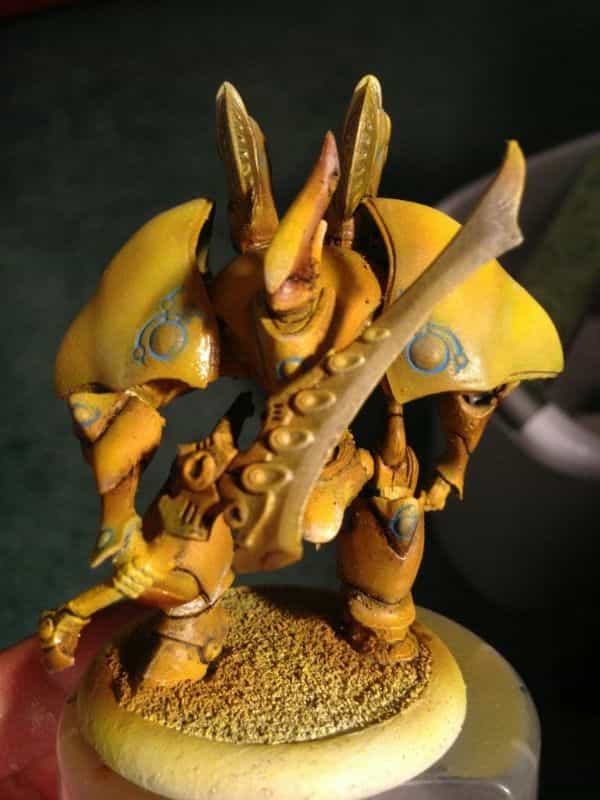
So, the difference in tools is the the only difference in the two vanquishers. But, the quality differences in the model paint jobs don’t reflect the quality of the tools.
It shouldn’t!
Tools Don’t Matter as Much as You Think!
The quality of the result is based 99.9% on the quality of the artist’s vision and his perseverance to make that vision tangible. How much blood, sweat, and tears you are willing to suffer is what determines the quality of the product.
So, my strongest advice: To get a better vision for painting minis, hence, become a better painter of minis, is that you need to stop thinking too much about the result and what people think, and just crank the painted model out. Do this over and over, until your hands cramp up and you get tendonitis in your shoulders and elbows.
There should be blood. Yes, that is the secret. It’s not your brush; it’s passion. Oddly enough, if you suffer long enough, you will eventually get better.
Painting minis is a skill that takes time to develop. It’s not something that can be rushed.
I paint the same way I write: slowly and with a lot of revisions. My first drafts suck. Usually my second ones do, too. That’s okay; that’s how it goes when you put in the time to make your models look great…or even “good enough”.
Okay. So, why should you buy the more expensive equipment? Because when your vision is clear, you don’t have to spend 30 hours painting a single model. Better tools make you faster, not better.
Discovery and Passion: Why They Matter for Painting Miniatures?
Ultimately, it’s approaching your models with a sense of discovery, like when a kid opens a birthday present, that will make you a better painter. There’s something special about getting the perfect paint color to match the model. That feeling of satisfaction is hard to come by. You’d be surprised how much that affects your vision of painting miniatures.
Every new discovery you make needs to turn into something tangible; this will develop your skill as a painter. Eventually, you’ll start noticing problems with your current process, and you’ll realize you’ve developed a new problem to solve. Each time this happens, it will turn into another opportunity for you to discover something that makes your mini painting better.
Passion is the most important part of this equation because passion is what fuels discovery and determination to see things through. Passion equals consistency. The key concept here is: Don’t get discouraged.
The second most important idea is to persevere…especially when you are painting a model for the first time. The more you paint, the better you’ll become at painting models from scratch. Trust me, I know from experience! So, practice makes perfect–almost. Practice basic techniques until they become mindless and become second nature.
Final Word
What are you waiting for? Stop reading this article, turn off the internet (?), get your brush ready and just paint! I’ll see you on the other side of that unfinished model…and maybe with some battle scars too!
Did you enjoy this read? Want more? Let me me know with a comment below!!!

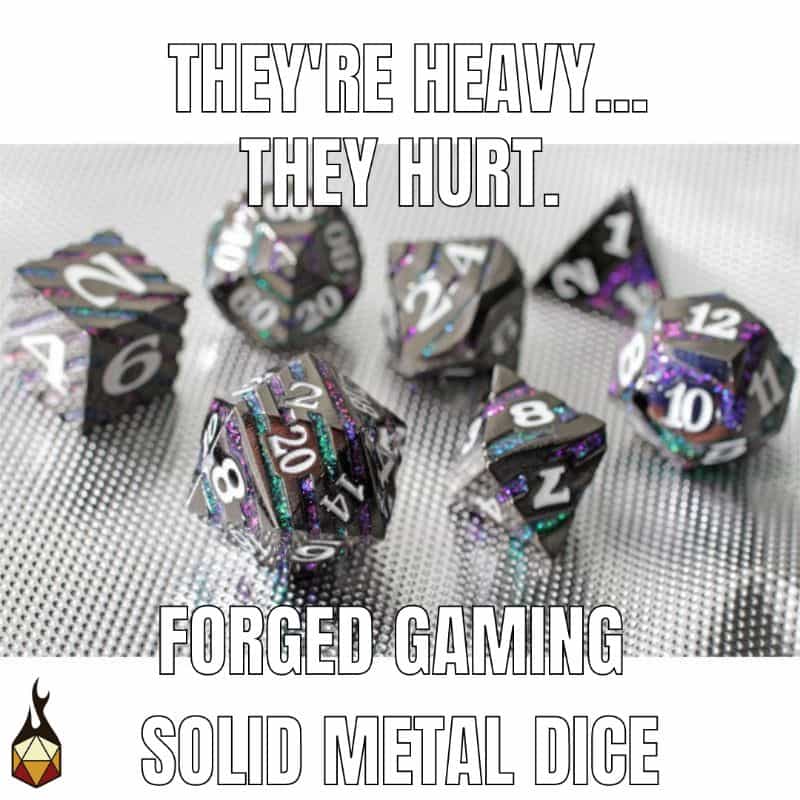


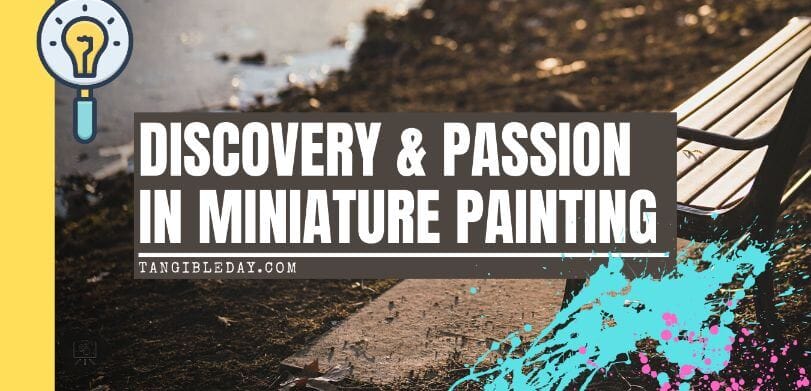
Pingback: Discovery and Passion: Keys to Improving Your Miniature Painting (Editorial) - Toy Newz